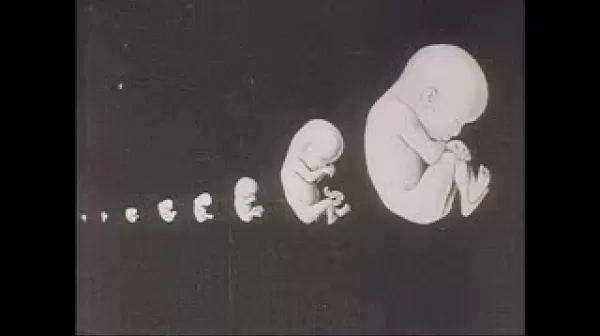Far View Health Camp [Silent] (Producer unknown, 1936)
This film shows children at the Far View Health Camp in Cortland County, N.Y. It provides an overview of who can attend and why the camp should be supported. The film begins when the campers arrive at the start of camp and then takes the viewer through a typical day. It includes footage of children at meals, sleeping, at flag-raising, cleaning, playing, at story hour and doing arts and crafts. African American children are shown in this film. Publisher unknown.










